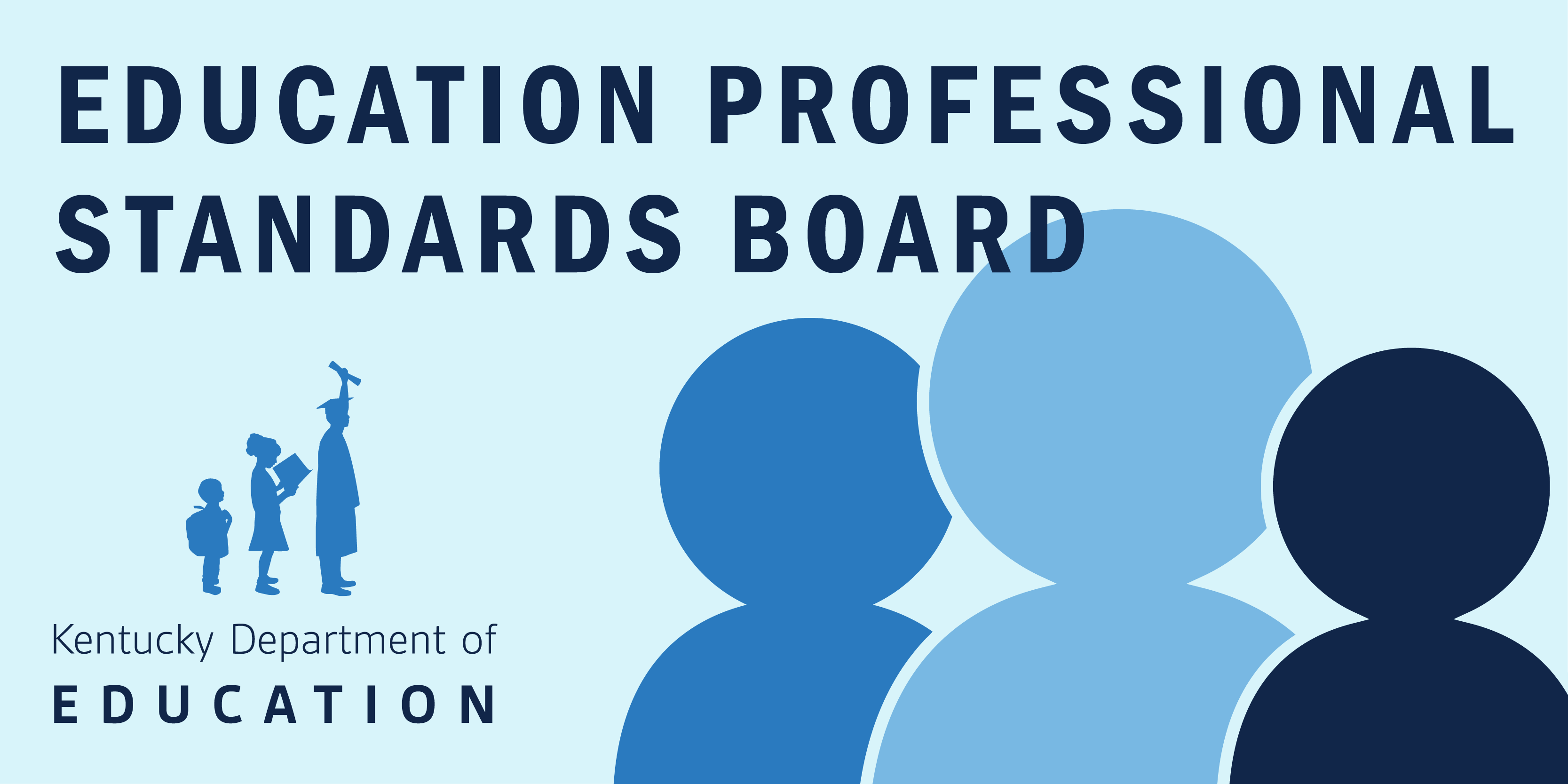Kentucky’s lowest-performing schools continue to make progress on increasing student achievement, according to a report presented to the Kentucky Board of Education at its meeting yesterday.
Based on 2013-14 Unbridled Learning Assessment and Accountability System results, of the 39 Priority or Persistently Low-Achieving (PLA) Schools (those identified as being in the bottom 5 percent of schools in the Commonwealth):
• 5 schools scored in the Distinguished category, the highest of all performance categories
• 5 schools scored in the Proficient category
• 21 schools were categorized as Progressing (met annual measurable objective, student participation rate and graduation rate goal)
• 7 schools had achievement scores above the state average
• 21 schools had a 10 point or greater increase in their percentile rank from the previous year
• 24 of 39 schools had a 5 percentage point or less difference in the combined reading/math score between the gap group and all students
• 14 schools are on track to exit Priority status with the release of the 2014-15 school report card
Three schools – Caverna High School, Sheldon Clark High School and East Carter High School – exited Priority status this year. One school, Leslie County High School, exited Priority status last year. These schools met exit criteria by making adequate yearly progress (AYP) for three consecutive years, having a graduation rate of greater than 60 percent and being above the bottom 5 percent of schools in reading/math combined scores.
In an effort to help low-performing schools, the state has established Franklin-Simpson High School, Pulaski County High School and East Carter High School as Hub Schools. These schools have made extremely high levels of progress; are rated Distinguished/Progressing (top 10 percent) in the last state assessment; and have exponentially more students that are college- and career-ready. The schools have demonstrated an ability to improve student learning and build core processes for sustainability. The schools serve as regional models to showcase best or promising practices based on data and results to share with other schools in their region. During the 2013-14 school year, 625 people from 89 districts visited these schools.
Associate Commissioner Kelly Foster told the board, “A great number of schools have improved the culture and climate in their schools and are making substantial gains. While they give us an opportunity for celebration, some schools are still struggling to improve.”
Foster told the board that eight of the 30 high schools did not meet their individual target for college- and career- readiness and nine of the 39 did not meet their Annual Measureable Objective.
“All continue to need support – some to institutionalize the gains they have worked diligently to achieve, others to attain the levels of improvement necessary for their students to be able to graduate college- and career-ready,” Foster said.
Among the areas identified for improvement, Foster said the department is working to:
• implement intentional strategies to reduce the number of students scoring Novice
• continue to collaborate with Priority Schools and Districts in the implementation of the Professional Growth and Effectiveness System
• continue to implement the LEAD-KY (NISL) curriculum to strengthen the capacity of leadership in Priority Schools and Districts
• continue to review data quarterly and develop sustainability plans for exiting schools that impact cultural change
“The vast majority of these schools have overcome the shock of being named a Priority School and have made significant progress,” said Commissioner Terry Holliday. “But we have to continue to ask why some schools are able to make big gains and others are not.”
Foster told the board that the department is conducting a new round of diagnostic reviews in Priority Schools which should shed further light on what is still needed for improvement in those schools that have not seen a dramatic turnaround. The first reports are due later this month.



Leave A Comment